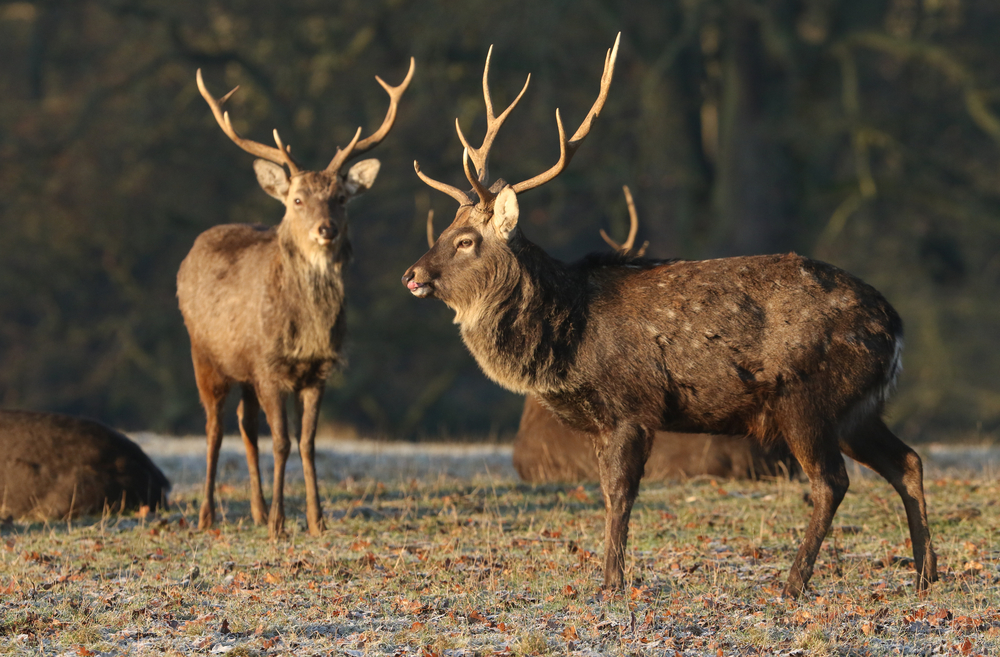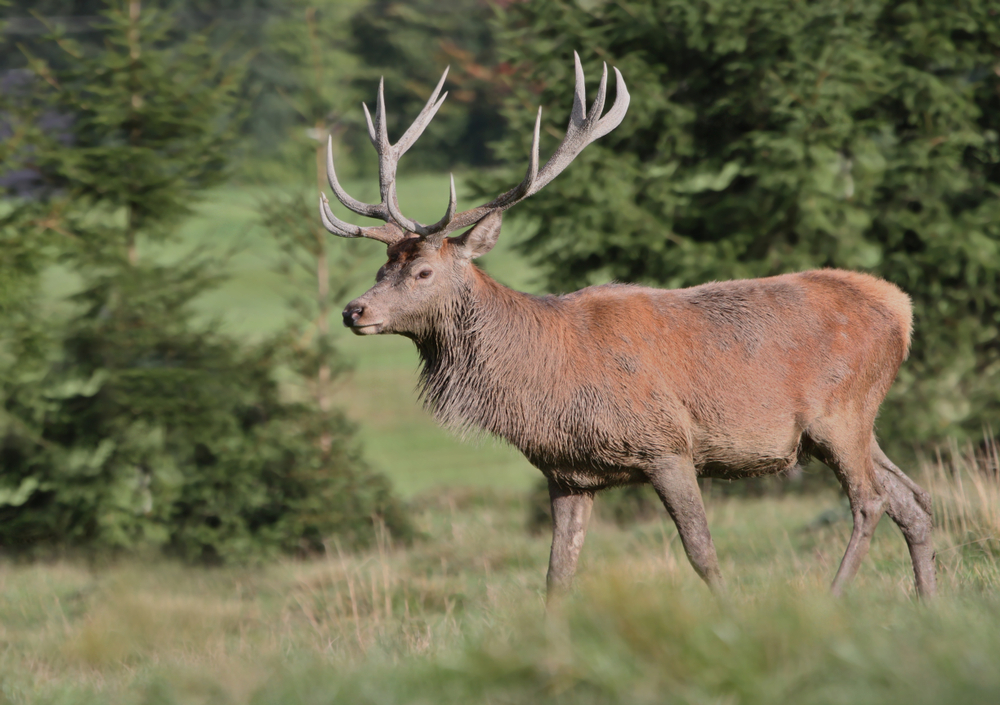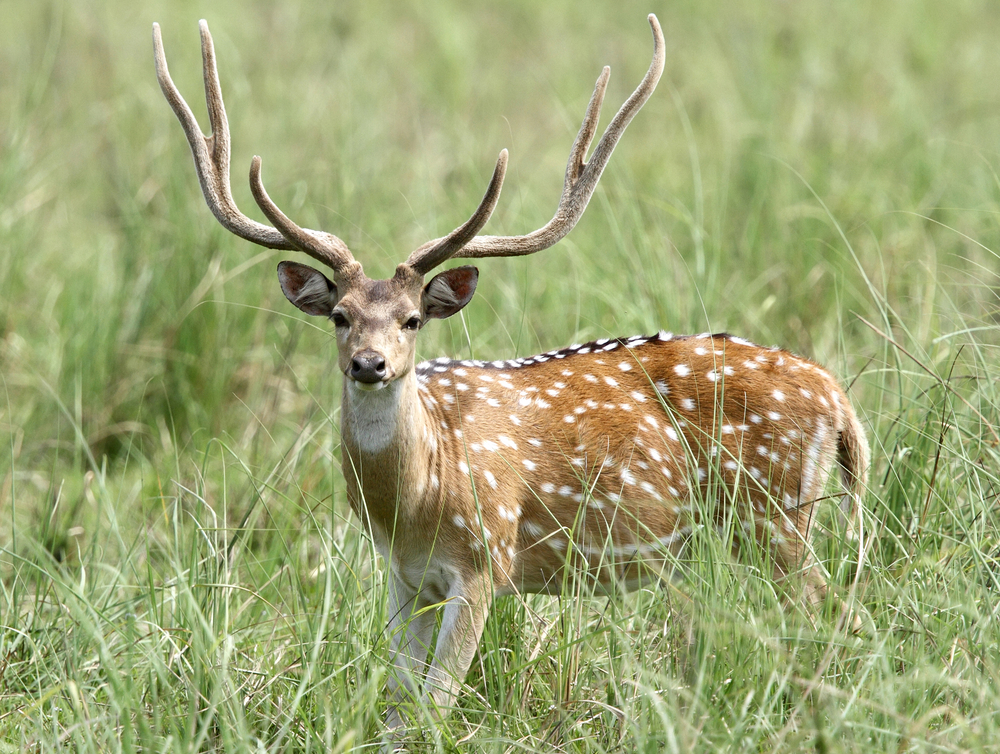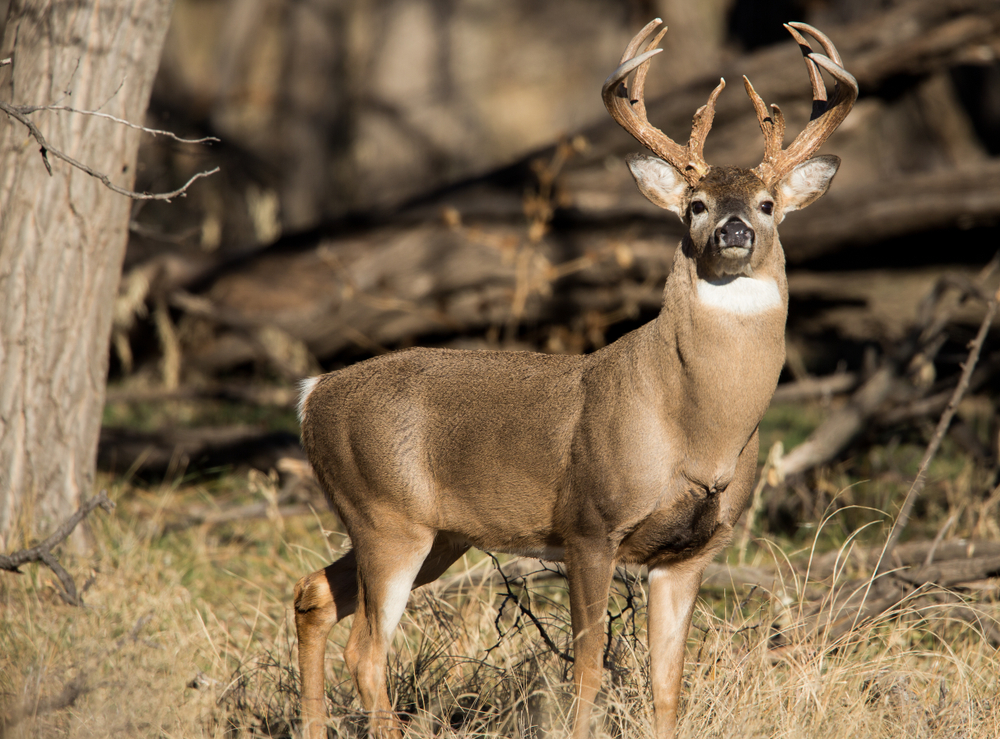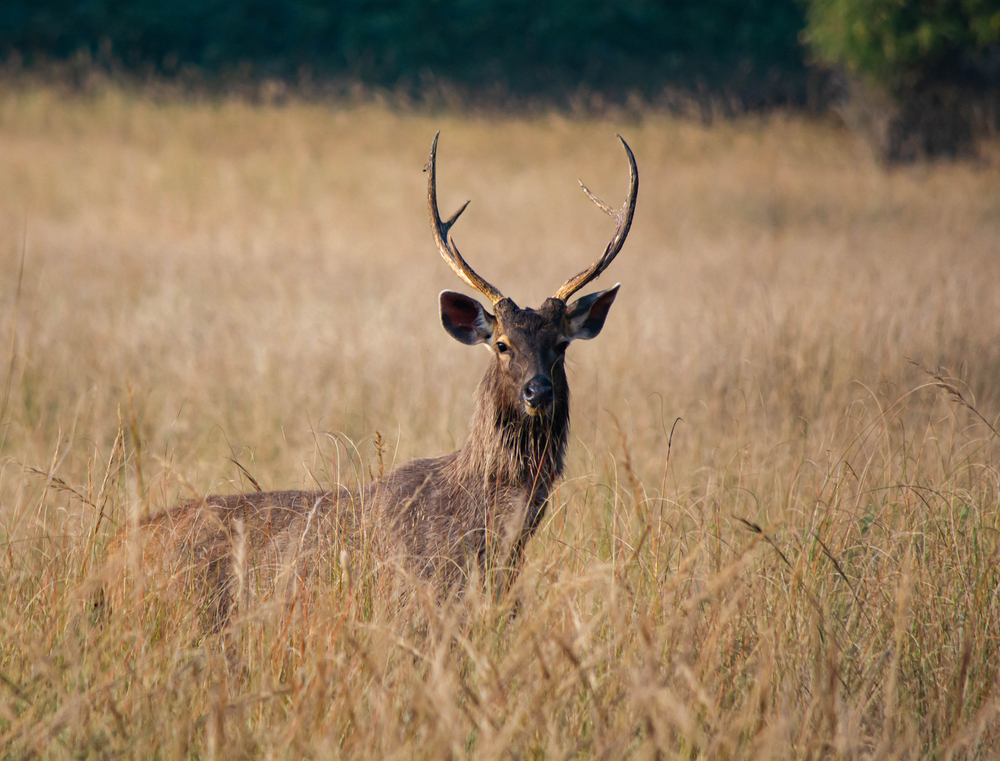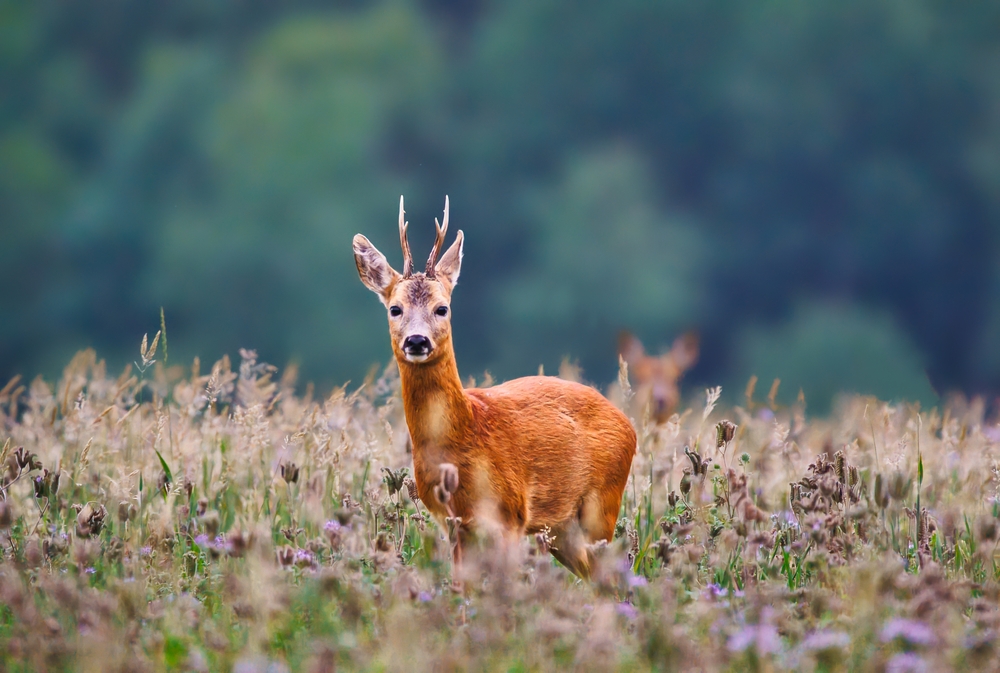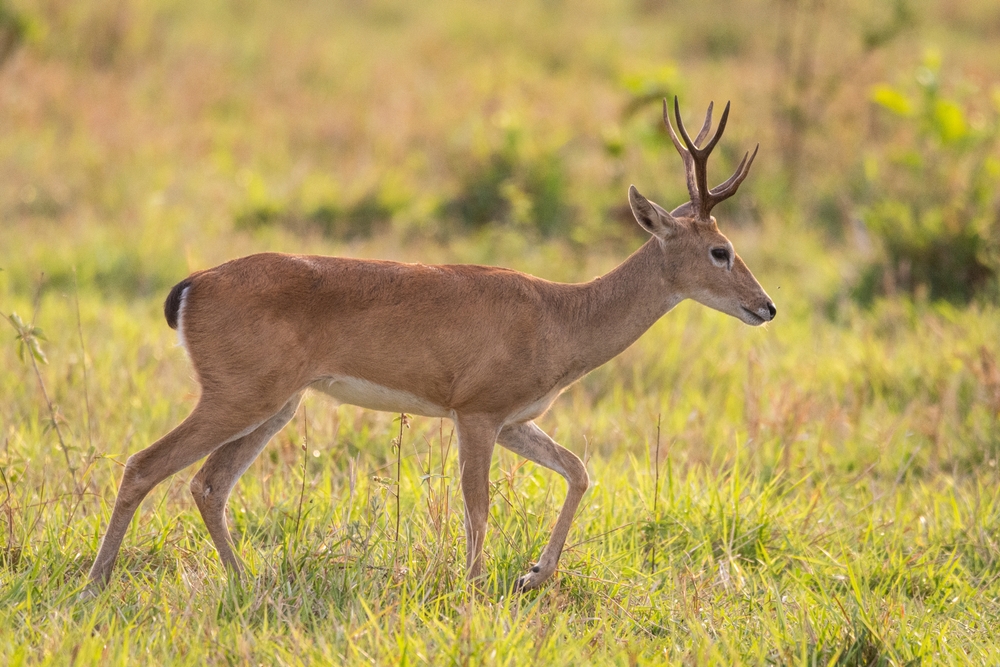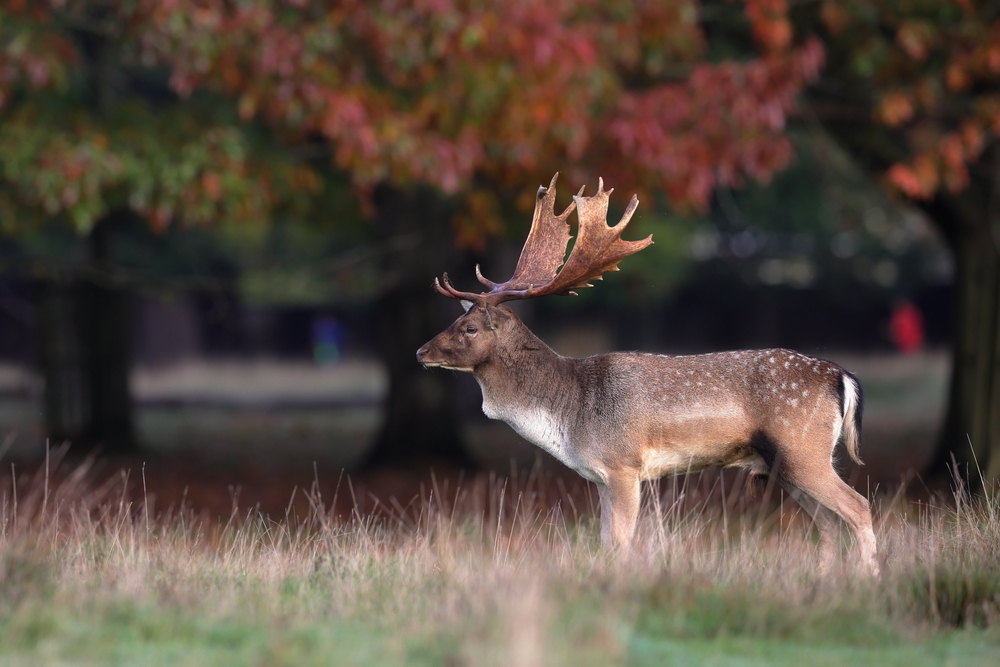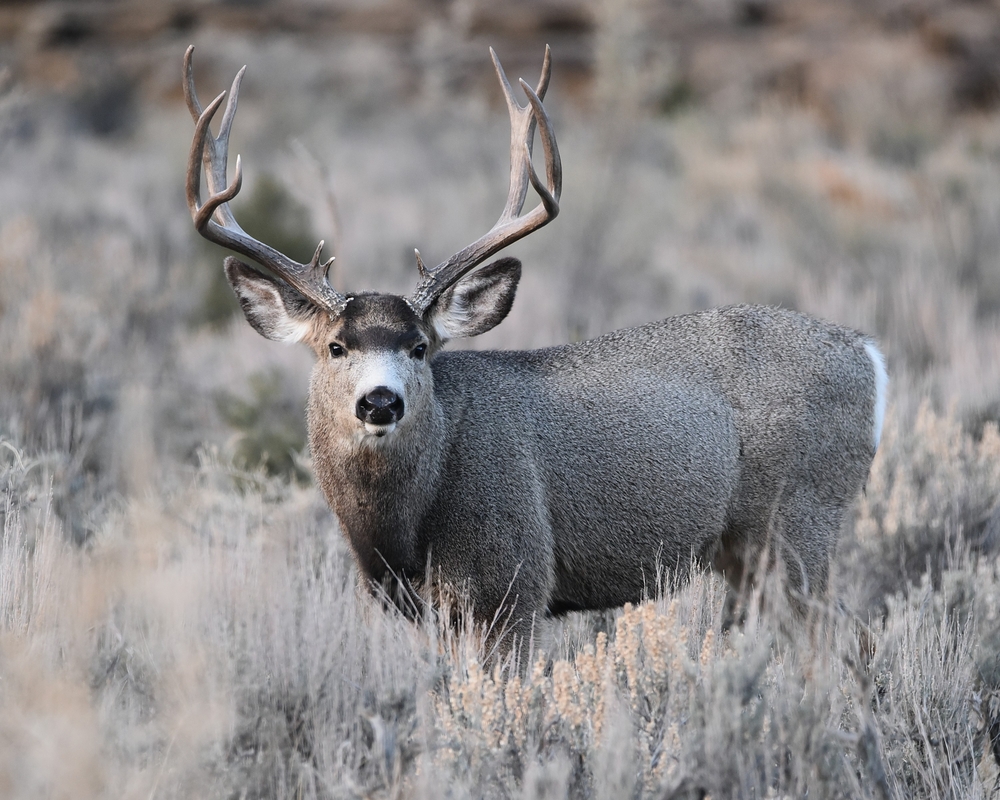Physical Characteristics
The Sika Deer is a medium-sized, highly variable deer species native to East Asia, with introduced populations in Europe, Russia, and North America. It is best known for its permanent white spots, compact body, and vocal nature. Sika are closely related to Red Deer and Elk but retain more primitive traits, including size and coloration. Below is a structured overview in the style of the AK Physical Characteristics document:
Coat:
Sika Deer have a seasonally changing coat with permanent white spots, unlike many deer species.
-
Summer Coat: Rich reddish to golden brown, clearly covered in white spots arranged in horizontal rows.
-
Winter Coat: Darker gray-brown to black, with spots less visible or obscured.
-
A white rump patch is present year-round and flares outward when alarmed.
Face:
The face is short and refined, with a dark muzzle, broad forehead, and large, upright ears.
-
A pale chin and throat patch are often visible.
-
Dark tear lines and facial scent glands are prominent, especially in males.
Antlers:
Only males grow antlers, which are vertical and branched, often 4 to 8 points depending on age and nutrition.
Body:
Sika Deer have a sturdy, compact build, with a deep chest, short neck, and long legs adapted for agile movement in both forests and open areas.
Tail:
Sika have a short, bushy tail with a large white rump patch surrounding it.
Size:
Varies significantly by subspecies (e.g., Japanese, Manchurian, Formosan):
Weight:
The Sika Deer’s spotted coat, flaring white rump, and vocal nature make it one of the most recognizable and charismatic deer species in East Asia. Its body structure and antlers combine traits of both ancient and modern cervids, reflecting a lineage that is both primitive and ecologically flexible across forests, mountains, and marshlands.



































































